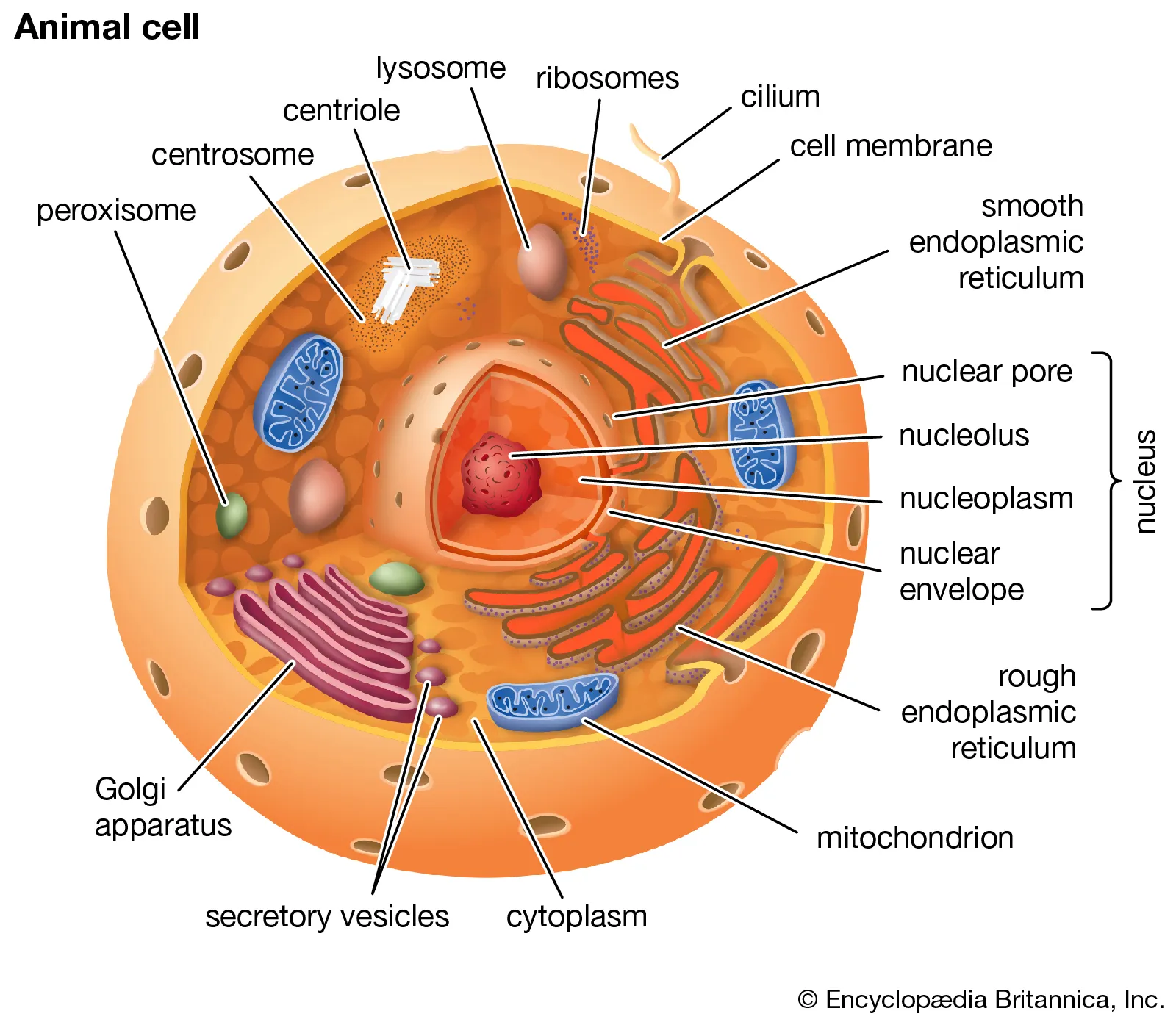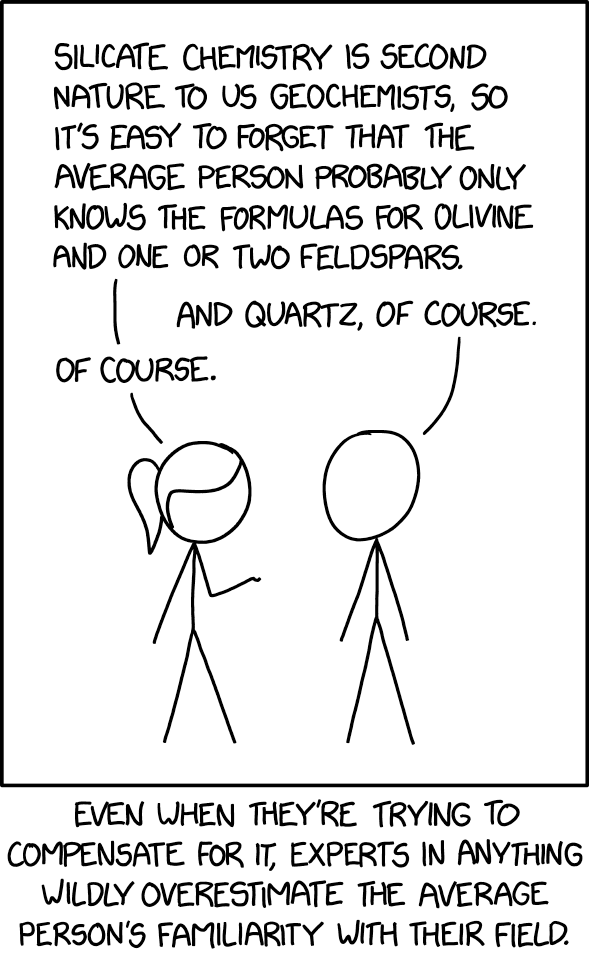8 Visual Storytelling Techniques for Captivating Science Content
8 Visual Storytelling Techniques for Captivating Science Content
The Power of Visual Storytelling in Science
In the digital age, making science accessible and exciting often comes down to how you tell the story. Taking a more visual approach to storytelling can transform complex research into captivating narratives that engage minds and spark curiosity.This is because by blending imagery, data, and narrative, visual storytelling can transform dense information into engaging stories that anyone can grasp.
In this post, we’ll explore 8 visual storytelling techniques that can captivate people with science content, including case studies and examples of how you can make your science communication more engaging, memorable, and impactful.
1. Infographics and Data Visualization
When you have data or complex information to share, turning it into an infographic or data visualization can reveal the story at a glance.
Infographics blend charts, icons, and short text to present information visually, allowing people to quickly see patterns and key points. This visual format allows complex concepts to be communicated with remarkable clarity, which is invaluable in science communication.
Instead of wading through paragraphs of a report, a reader can absorb the take-home message from a well-designed graph or schematic in seconds. Whether it’s a colorful diagram of the water cycle or a chart of telescope data, infographics help distill complexity into an intuitive visual narrative.
2. Science Photography and Photo Essays
They say a picture is worth a thousand words, and in science communication, a photograph can sometimes convey what words cannot.
Photography brings a sense of realism and connection to science stories. A single striking photo of a researcher at work in the rainforest, or colorful scans of pollen grains, can spark curiosity and emotion that draw viewers into the scientific narrative.
Unlike illustrations or animations, photos capture real moments in time.
This authenticity can build trust and interest: the audience sees what really happened and it makes the science tangible.
Such is the storytelling power of a well-composed photo.
3. Illustrated Diagrams and Scientific Schematics
Not everything in science can be captured by a camera lens. That’s where illustrations can help.
Scientific illustrations and diagrams can translate the unseen into visuals we can observe — from invisible cosmic rays to the microscopic. Skilled illustrators combine scientific accuracy with artistry to create diagrams that explain, at a glance, how something works or what it looks like. They can simplify complex processes into a single coherent image. Illustrations also have the freedom to zoom in, expand, or abstract reality: for example, an artist can cut away the side of a cell to show internal structures.
This helps bring the science and data into a tangible form, aiding both understanding and interest.
Scientific illustrators are often crucial for depicting things we cannot directly see. These visuals allow scientists to share ideas that might otherwise remain abstract.
In medicine and biology, textbook diagrams of cellular processes or organ systems provide learners with an understanding that no microscope photo alone could achieve.
Whether it’s a simple sketch of a chemical reaction or a full-scale painting of the early universe, illustrated diagrams are a storytelling staple in science, turning raw data into images that inform and inspire.
4. Comics and Graphic Storytelling
Comics and graphic novels offer a playful yet powerful way to explain scientific topics.
By combining sequential art, speech bubbles, and often a dose of humor, comics can break down complex ideas into digestible panels. A well-crafted science comic uses simple visuals and storytelling to lead readers through a concept step by step – much like an illustrated narrative.
Comics often help to personify science. They can, for example, depict an antibody as a comic book hero fighting off villainous viruses, making an immunology lesson both fun and memorable.
The science community has embraced comics as one of the simplest and most effective methods for communicating ideas, seeing a growing popularity thanks to social media .
It’s easy to wildly overestimate the average person’s familiarity with our field. That’s why SciComm is so important! Image credit: xkcd.
A comic can efficiently illuminate obscure concepts and make them stick. One shining example is “xkcd,” famous for its stick-figure scientists and witty explanations.
These comics have tackled everything from climate change to data storage, distilling complicated ideas down to core messages with clever visual analogies. They’re widely shared in labs and classrooms not just because they’re funny but because they educate and engage groups that other media sometimes fail to reach.
What makes comics special is their accessibility. They often use humor, but not always, and can condense a complex lesson into a few panels.
5. Animated Explainer Videos
Sometimes a static image of a comic, diagram, or photo, isn’t enough to explain a process – this is where animation shines. Animated explainer videos (including short cartoons, motion graphics, and 3D animations) are a staple of modern science communication. They allow us to visualize processes that unfold over time or at scales we can’t see with our eyes.
With animation, we can watch a supernova explode in a distant galaxy, follow a medicine as it travels through the bloodstream, or shrink down to witness DNA being copied inside a cell.
These stories can be narrated and timed perfectly with the visuals, creating a clear and engaging explanation of complicated science.
The motion aspect also tends to grab and hold viewers’ attention more effectively.
Animations are especially useful for showing “how it works.” You could describe your research in words, or you could show an animation that a high-schooler can understand in 30 seconds.
Case Study – “Inner Life of the Cell”
The Inner Life of the Cell, a 3D animated video created for Harvard biology students, has captivated the public on YouTube.
This animation takes the viewer on a tour inside a human cell, dramatizing how proteins move and how cellular machinery operates. It turned textbook diagrams into a vivid movie, giving viewers an almost firsthand experience of molecular biology in action.
Many students reported that after watching it, they finally saw how the processes they had read about actually played out.
For any scientist or educator dealing with processes in time, like physics and chemistry, an animated explainer can be a game-changer for your audience’s understanding.
6. Video Storytelling and Documentaries
Live-action video of any length is a cornerstone of science storytelling.
With video, audiences can witness science in real time: they see the faces of researchers, the environments of field studies, and the phenomena being observed. This creates an immediate connection and often a strong emotional response. A well-produced science video uses cinematic techniques (compelling narration, music, close-ups, slow motion, etc.) to draw viewers into a narrative, the same way that your favorite movie does.
Video storytelling in science can take many forms.
Short documentary clips (3-10 minutes) are popular online – for example, a mini-doc following a day in the life of a researcher studying an erupting volcano, or an interview with a cancer researcher with footage of them in the lab. These videos humanize science, putting a face to the research and showing process and context, not just results. They’re great for social media and classroom use, where a quick personal story can leave a lasting impression.
At Impact Media Lab, we recently worked with the Natural Capital Project on a short film about co-creating a new future for people and nature in Belize.
On the other end of the spectrum, nature documentaries on TV are feature-length showcases of science in the natural world. (Think BBC’s Planet Earth).
Case Study – The Power of Narrative Video: A striking example of video storytelling’s impact is the viral clip of an iguana escaping snakes in Planet Earth II.
This real-life drama had viewers on the edge of their seats, and it spread across the internet, being viewed millions of times. People who might never watch a science documentary were suddenly glued to a natural history story. The intense emotional reaction experienced by the relief when the iguana survives forged a memory and a connection to the larger theme of predator-prey interactions and survival strategies.
With today’s technology, creating quality science videos is more accessible than ever. Scientists can even shoot footage on smartphones.
The key is to remember the elements of a story: have a beginning (what’s the question or mission?), a middle (the exploration or experiment), and an end (the discovery or conclusion), and let the visuals show as much as possible.
The combination of real images and a narrative arc can make your science communication incredibly compelling.
7. Interactive and Multimedia Storytelling
A growing trend in digital science communication is interactive storytelling, where the audience doesn’t just consume the story but participates in it. This often takes the form of rich multimedia web presentations sometimes called “scrollytelling.”
In a scrollytelling piece, as the user scrolls down a webpage, different elements of the story unfold – text appears in sync with animations, graphs update with new data, images or videos slide into view, and so on. The user might also be able to click or hover to reveal additional information, or make choices that affect what they see next.
This level of interactivity turns storytelling into an experience, almost like a guided tour through the science content.
A well-known example was Snow Fall, a New York Times piece (about an avalanche) that seamlessly integrated maps, videos, and graphics into the narrative – it wasn’t about science per se, but it inspired many science communicators to adopt the format.
This approach can increase understanding, because it lets people digest information at their own pace and explore more about what interests them, and it definitely increases engagement time (people tend to spend longer on interactive pages), which is a bonus for your lab’s site popularity.
And you don’t have to be an expert programmer to make an interactive story. StoryMaps is a beginner-friendly interface for your next science story.
8. Immersive Experiences (AR/VR)
For the more ambitious who are looking toward the cutting edge of visual storytelling, immersive technologies like virtual reality (VR) and augmented reality (AR) stand out.
These tools take engagement to the next level by pulling the audience inside the story’s world. VR creates a completely new, digital environment around the user wearing a VR headset, while AR overlays digital elements onto the real world.
For science communicators, both offer exciting possibilities to convey content in 3D and interactive ways that were unimaginable until recently.
For science outreach, AR/VR experiences are highly engaging because they’re novel and interactive, and they appeal to the senses in a way flat media cannot.
Imagine taking your followers along with you on your next expedition for research, or being able to see the implications of climate change firsthand.
These new immersive experiences are especially effective for younger audiences or museum visitors looking for a hands-on scientific education.
We should note that developing AR/VR content can be resource-intensive and usually requires collaboration with developers or the use of specialized software.
However, as the technology becomes more common, more off-the-shelf tools for educators are appearing.
Bringing Your Science to Life Visually
From the clarity of an infographic to the wonder of virtual reality, these eight techniques highlight the many ways visual storytelling can elevate science communication.
The common thread among them is that they translate complex, technical information into experiences that resonate with people.
By using visual narratives, you can effectively place your audience at the heart of the scientific journey – letting them see, hear, and feel why your discovery matters. This not only cultivates a deeper understanding, but also builds trust and long-term engagement with your work.
How you communicate is as important as what you communicate.
A groundbreaking research finding could remain unnoticed if presented blandly, but packaged as a compelling visual story, it can capture imaginations worldwide. Of course, you should choose the techniques that best fit your story and your audience. Maybe a simple data comic on BlueSky will engage your peers, or perhaps an interactive mini-site is the way to reach the general public.
Don’t be afraid to get creative and step outside the traditional comfort zone of text-only communication.
In a time when science literacy is more important than ever, visual storytelling techniques are invaluable for breaking down barriers.
They help turn scientific facts into compelling narratives that people remember and share. So next time you need to explain a complex concept or promote your latest findings, consider reaching for one (or more) of these techniques. Whether you’re sketching a comic on a whiteboard or leading a VR lab tour, you’ll be doing more than teaching – you’ll be inviting your audience to join in the excitement of discovery.
And that is the heart of captivating science content: it’s not just seen or read, but experienced.
By harnessing the power of visuals, you can ensure your science isn’t just heard but truly felt, leaving a lasting impact on minds and inspiring the next wave of curiosity.
Ready to take your visual storytelling to the next level? Chat with us about bringing the vision of your science brand to life.
About the author
Impact Media Lab is a small-but-mighty creative team specializing in science brands, media, and strategy. We believe science can lead to seismic shifts in how we understand the world, but it takes great communication to make it happen.





